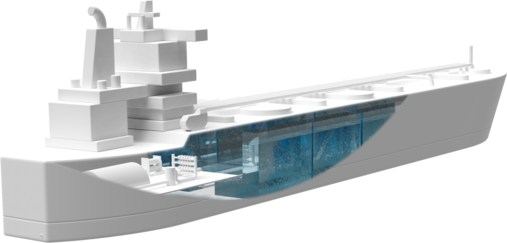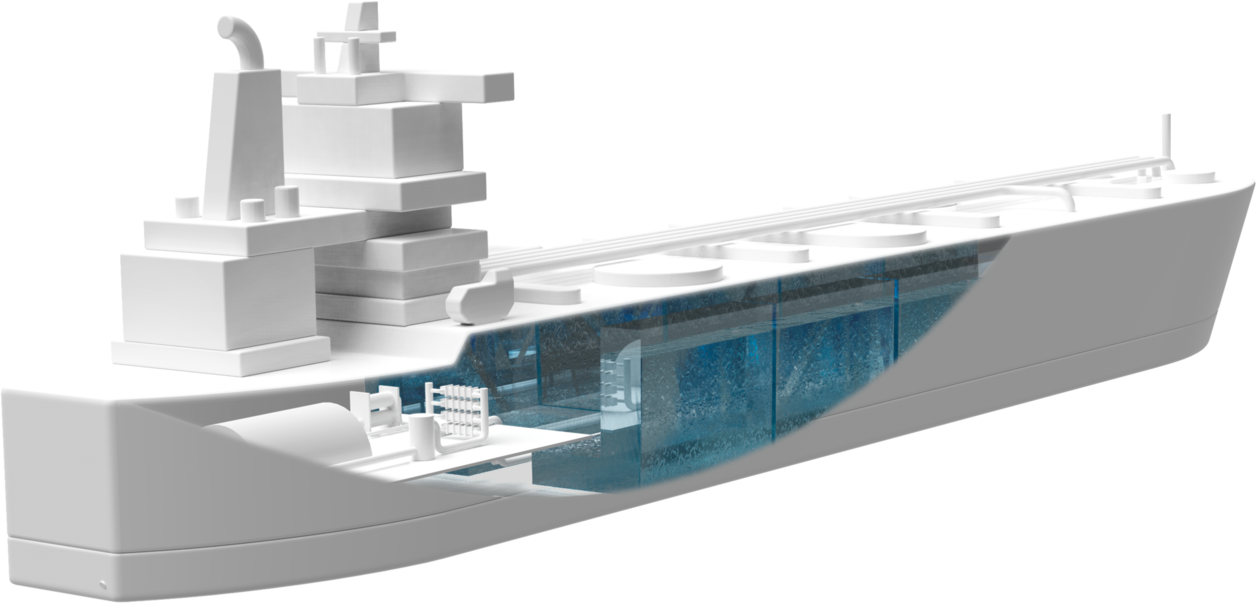

Ballast water management
4 Solutions
Ships are filled with ballast water after discharging waste water or unloading cargo in order to maintain their balance. It is taken from the local waters and discharged in the port when loaded again. To prevent the ballast water and the plants, animals, viruses and microorganisms it contains from damaging ecosystems, the water must be treated.

Drinking water preparation
3 Solutions
On ships, drinking water is obtained from seawater and desalinated by reverse osmosis: seawater is forced under high pressure through a semipermeable membrane. This acts like a filter and only allows certain ions and molecules to pass through. This is why the pressure, conductivity and general water quality must be monitored when producing drinking water from salt water.

Wastewater treatment
2 Solutions
On ships, membrane or biological processes are used for wastewater treatment. Here a level measurement is necessary to prevent overflow. In addition, pH value and conductivity are monitored to check the water quality before and after the water treatment. With JUMO, you can measure, control and record the entire wastewater treatment process.
